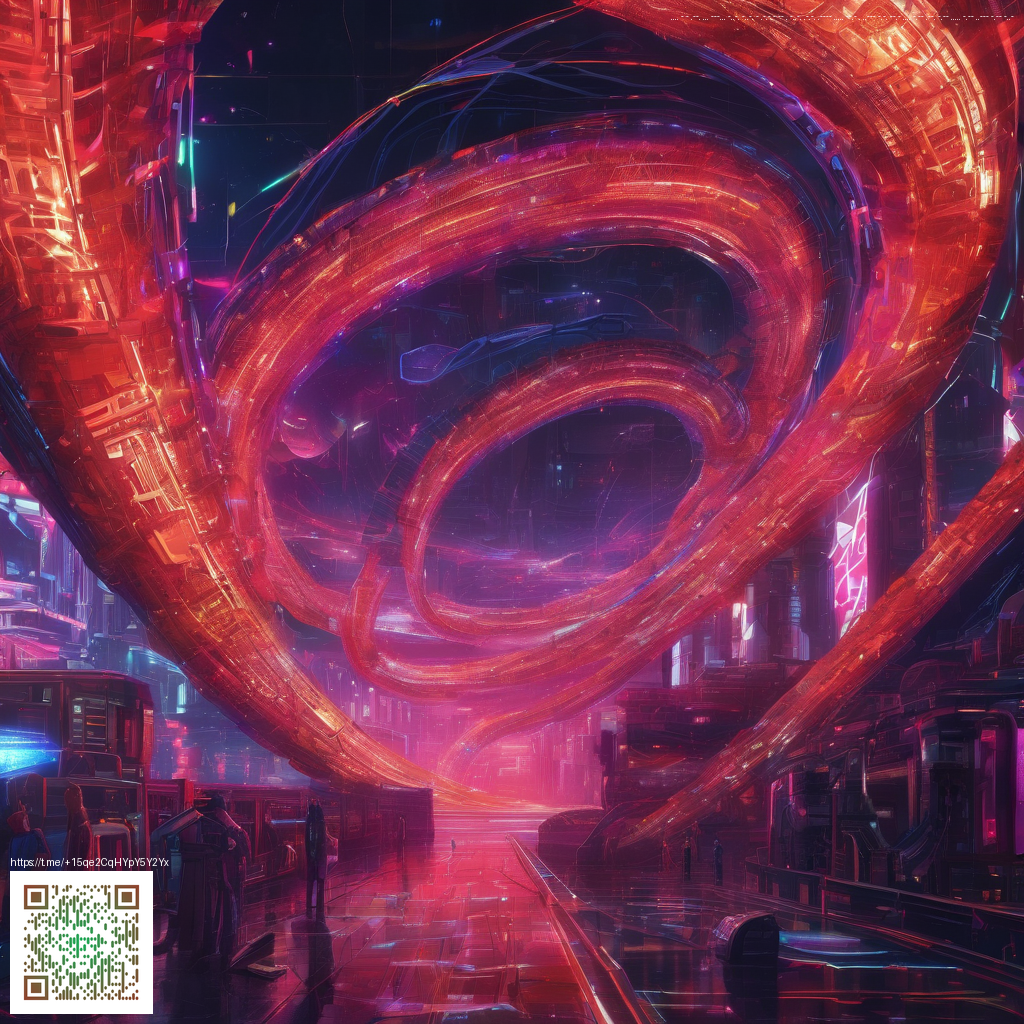
Warped Wart Block as a cornerstone in Nether hub design
If you are building a bustling Nether hub for rapid portal travel you want a color system that reads at a glance. The Warped Wart Block brings a distinct blue green tone that stands out against the Nether’s darker palette. This article explores practical uses for the block and how to integrate it into a hub that feels cohesive yet easy to navigate.
In the block data for Warped Wart Block you will find a solid profile. It has hardness one point zero and resistance one point zero, a stack size of 64, and is diggable with standard mining tools. It is not transparent and it does not emit light, while it carries a light filter value around mid range. These characteristics make it a dependable building material for durable corridors with strong color signaling. When you plan large scale hubs this block can anchor the main routes while other textures handle details
Why choose this block for a hub corridor
The Nether can be a maze like environment and a strong color cue helps players orient themselves quickly. Warped Wart Block produces a saturated hue that reads clearly from distance, which is ideal for long tunnels and central junctions. By placing it as the floor or as a wall accent you give players an immediate sense of direction. It also pairs well with other blue and purple Nether decor to reinforce a unified theme across your network
Color coding and navigation
Color cues are a powerful navigational tool in any hub. Use Warped Wart Block as the primary path color and contrast it with dark blocks for separators or with lighter accents to highlight portals. Build a floor map or directional guides with banners and signs mounted along panels that line up with the block edges. A consistent rhythm of blocks helps players anticipate turns and speed up their route planning
- Plan a grid oriented layout with central hubs acting as major crossroads
- Create a halo effect by placing illuminated blocks beneath the Wart Block to draw attention to the main paths
- Mark forks with distinctive landmarks so players can follow the correct route without reading every sign
Practical build tips for speed and durability
Warped Wart Block is straightforward to place in large builds. In survival worlds you can lay long corridors that gradually incorporate Wart Block to emphasize the main routes. Its solid non transparent nature keeps the visuals clean and reduces the chance of misreads during quick travel. If your hub grows you can segment it into modular wings that expand from a common core
To keep the surface tidy while maintaining visibility add ceiling lighting or glow accents under a shallow overhang. The block itself does not emit light so you can glow without washing out the Wart Block color. This approach also makes room for decorative items like item frames with maps or directional signs that guide players without clutter
Technical tricks and redstone options
For redstone hubs you can hide circuits beneath the floor and trigger subtle effects when players step on certain paths. The block’s non transparency helps keep floor patterns uniform while you run wiring for lighting or portal detection. Consider using pressure plates or light sensors beneath the Wart Block to reveal a hidden portal path during events or speed runs
Community builders value a clean navigational tone in high traffic hubs Warped Wart Block delivers a reliable visual anchor that scales from small stations to sprawling networks
Aesthetic considerations and community creativity
Creative builders experiment with color flows using Warped Wart Block as a main tone in nether hubs. The blue green shade pairs nicely with cyan pillars and purple fungi inside the nether. You can craft decorative arches or signage frames that maintain a strong post and beam rhythm. For server events or challenge maps you can lay out mazes and guided routes where Wart Block cues point players toward the right portal without heavy text
Version aware notes help you align with your world after updates. In modern Minecraft iterations this block integrates smoothly with related warped materials and the broader nether block family. If you enjoy long running servers you can standardize a hub kit that new builds can adopt with minimal changes to preserve a coherent look across the world
Implementation checklist
- Decide on a color emphasis using Warped Wart Block as the main path color
- Map portal pairs and central junctions with a clear grid system
- Incorporate signage and maps on the walls for quick orientation
- Use ceiling lighting to keep the floor clean and navigable
- Test the layout in a dedicated world before committing to a full hub
With these practices you can deploy a practical and striking nether hub that remains efficient as your world grows. The Warped Wart Block offers a dependable color anchor that reads well at distance and ages gracefully as you expand your network
For builders curious about the data behind this block here is a quick recap of its key properties. The block id is 828 and it is named warped_wart_block with display name Warped Wart Block. It has hardness and resistance values of one point zero and a stack size of 64. It is diggable with standard tools, not transparent and does not emit light while carrying a filter light value of 15. It produces a drop with id 548 and is categorized as a block level bounding box
Support Our Minecraft Projects